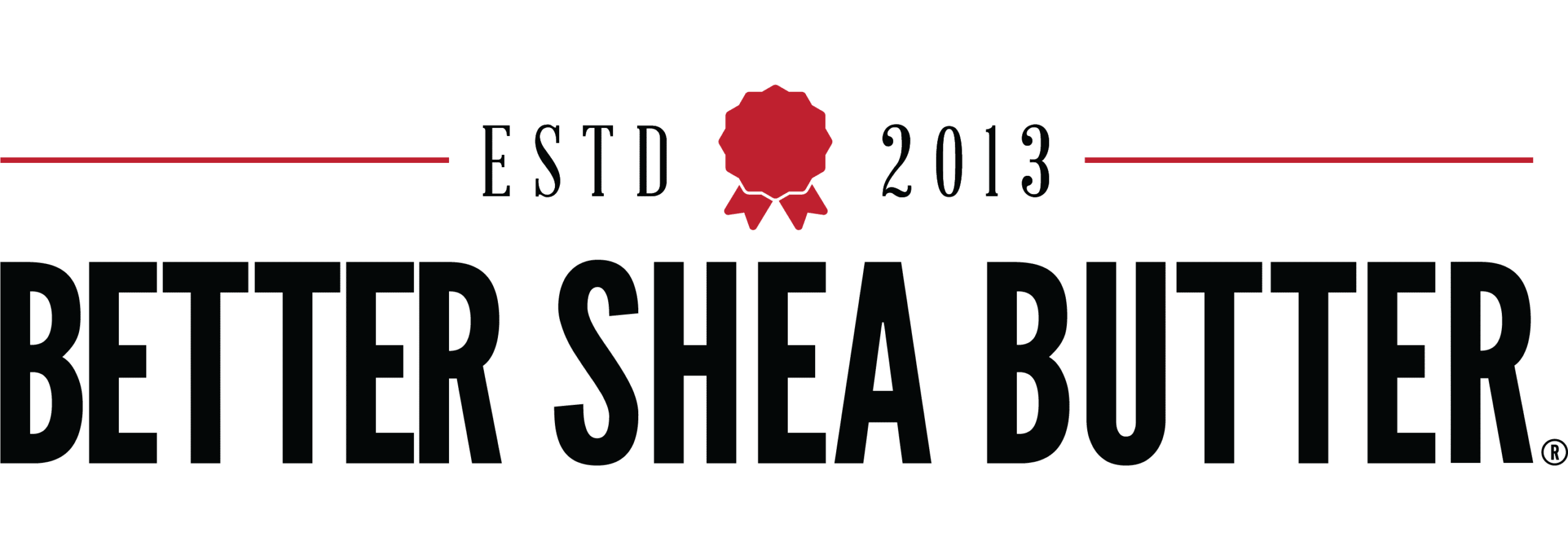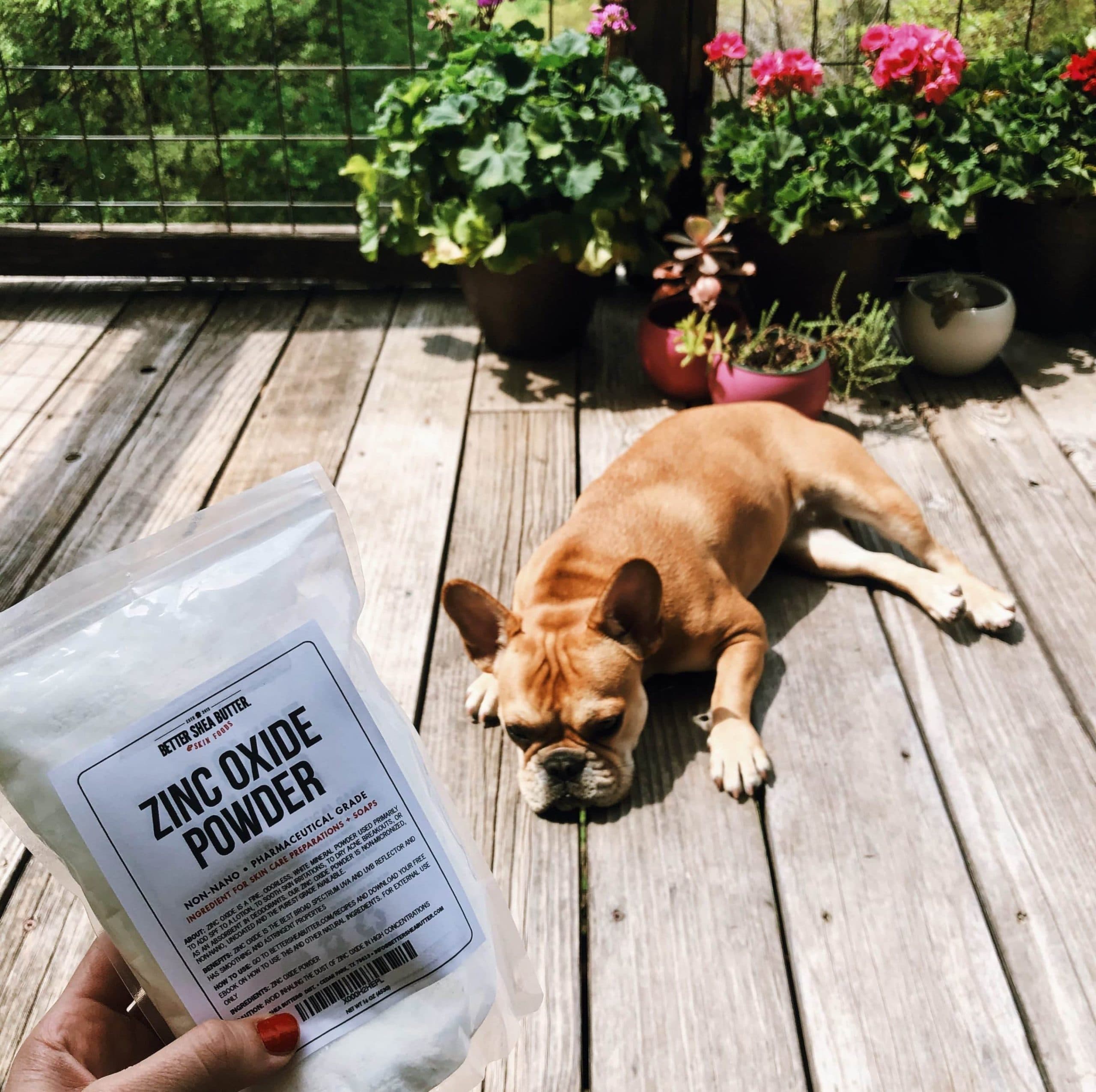Zinc Oxide Powder
Zinc Oxide is gaining popularity thanks to its many functions in homemade skin care preparations. While this white, fine, mineral powder can be used in many ways in soaps, make-up and other beauty products, the two most popular uses for this mineral are: physical SPF sunscreen and anti-rash/anti-acne lotions.
The zinc oxide powder we offer is the absolute best you can find:
- Pharmaceutical Grade. This is the purest grade for a powder and it ensures there is no lead or other impurities.
- Non-nano. This is important because it makes it so it won’t be absorbed in your blood stream but will simply sit on the surface of your skin to act as a barrier.
- Non-micronized. Micronized makes the particles of zinc oxide small enough to enter your blood stream. We do not want zinc oxide in your blood, we want it to coat your skin and block the sun or gently dry out skin irritations.
- Made in USA. We just feel safer this way.
DIY SPF Sunscreen Recipe with zinc oxide
Zinc Oxide acts as a physical block to UVA and UVB rays, and this makes it the active ingredient in many sunscreen lotions. In case you didn’t know, UVB rays affect the upper layers of your skin, they cause tanning and burning, but not necessarily wrinkles. UVA rays affect deeper layers of skin: they can really penetrate and over time can cause long term damage like wrinkles, dark spots and other skin discoloration. So, having a lotion that can protect you from both UVA and UVB is important for more than one reason.
To make a simple lotion with SPF, all you need to do add 20% zinc oxide to your formula, for example:
50% shea butter + 30% carrier oil + 20% zinc oxide powder
The basic procedure is simple: melt the shea butter, add the oil and zinc oxide, whip them together, let the preparation solidify in the fridge, then give it one more whip to add some volume and to make it easy to scoop or pour into your container.
Although you won’t be able to test your SPF level in a lab every time you whip this lotion in your home, this should give you more than 20 SPF. Make sure you re-apply it often when outdoors, and that you always use common sense while being exposed to the sun.
Here is an example of a body butter with zinc oxide powder added in the whipping step:
[embedyt] https://www.youtube.com/watch?v=aoXulo3mK_0[/embedyt]
DIY Anti-Rash & Anti-Acne Recipe with zinc oxide
Another popular use for Zinc Oxide powder is in lotions that soothe skin irritations such as eczema and bug bites, and it also helps in drying acne break outs.
To make a simple and soothing DIY anti-rash and anti-acne cream, follow this simple recipe:
- 3 ounces unrefined shea butter
- 1 ounces jojoba oil
- 1 ounce zinc oxide powder
- Optional: 20 drops of pure lavender essential oil (note: do not use synthetic fragrances as these can irritate your skin further)
Apply this lotion on the affected skin until fully absorbed, repeat as necessary.
We hope you find this useful, let us know if you have any questions or comments and feel free to share how YOU use zinc oxide powder in your homemade skin care creations by leaving us a comment below!
P.S. if you would like to purchase Pharmaceutical Grade, Non-Nano, Made in the USA Zinc Oxide you can do so here.


